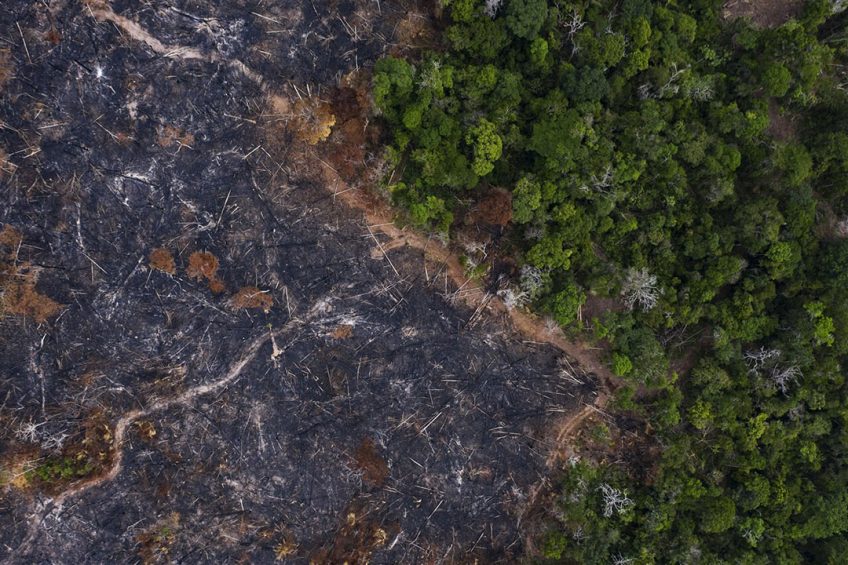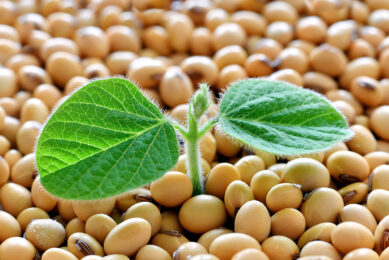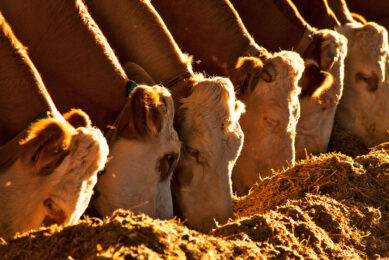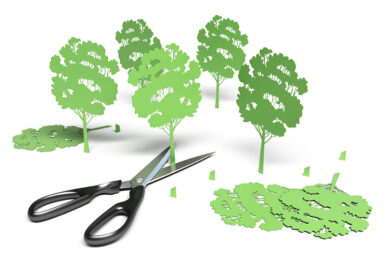Agri industry main focus on combating illegal deforestation

WWF released deforestation figures, which shows the EU is largely responsible. The focus now is mainly combating illegal deforestation and less on legal deforestation.
In the period between 2004 and 2017, an area of 43 million hectares of nature was destroyed by deforestation. The main cause of deforestation is agriculture, both large-scale (for export) and small-scale (for the local population) agriculture. The World Wildlife Fund (WWF) states this in a new report in which it analysed 24 “deforestation hotspots” in Asia, Latin America and Africa.
Agriculture as a cause must be understood in a broad sense: the large-scale rearing of livestock and the cultivation of crops for large and small-scale agriculture for the maintenance of local communities. “One of the biggest causes of deforestation in tropical areas is the high demand from Europe for palm oil, soy for animal feed and cocoa. We must be able to do our shopping with the knowledge that deforestation didn’t take place when producing these products. This requires strong European legislation,” Merijn van Leeuwen of WWF-Netherlands stated in a press release.
What role does the EU play in the import of soy?
The extent to which European demand for soy contributes to the deforestation mentioned by WWF is not specified or quantified in the report, but what role does the EU play in the import of soy? The assumption remains that China is, by far, the largest importer of soy worldwide. In 2019, the country imported 91 million tons of soybeans. That is about 60% of the global soybean imports (152 million tons). The EU is responsible for about 10%.
What is legal deforestation?
Particularly in Europe, attempts are being made to make the purchase of soy more sustainable. The main focus is on combating illegal deforestation. Legal deforestation is deforestation permitted by law in a country. For example, landowners in the cerrado (a savanna-like area) in Brazil must leave 20% to 35% of the forest on their land intact. In the Amazon that is 80%. The rest can therefore be deforested legally. Also, some forests do not have a clear ownership or destination status. There is therefore uncertainty about who is responsible for the protection of these areas. That is why land grabbing and illegal deforestation often takes place.
Last year, a scientific article was published stating that one 5th of European soy imports from Brazil may be related to illegal deforestation. In addition, an analysis of forest and environmental laws in Brazil, Argentina and Paraguay by the International Union for Conservation of Nature showed that 110 million hectares could be legally deforested for agriculture in those 3 countries.
European guidelines on deforestation
The response of the European animal feed sector to reports about deforestation is often that work is being done on sustainable sourcing of soy. For example, the Fefac Soy Sourcing Guidelines (FSSG) should ensure more sustainable sourcing of soy in Europe – this contains guidelines. Programmes for sustainable soy can be placed next to the FSSG to see which comply with the guidelines. To date, 19 sustainable soy programmes have been approved as FSSG compliant. All these schemes do not allow illegal deforestation. A number also do not allow legal deforestation, including the most famous programme, RTRS. For the time being, the Fefac guidelines focus on “no illegal deforestation”. According to Fefac, this is “a critical first step in protecting forests worldwide”.
Fefac will publish an update of the guidelines at the beginning of February. It remains to be seen whether a step further is taken and whether there is more focus on legal deforestation.
 Beheer
Beheer









 WP Admin
WP Admin  Bewerk bericht
Bewerk bericht